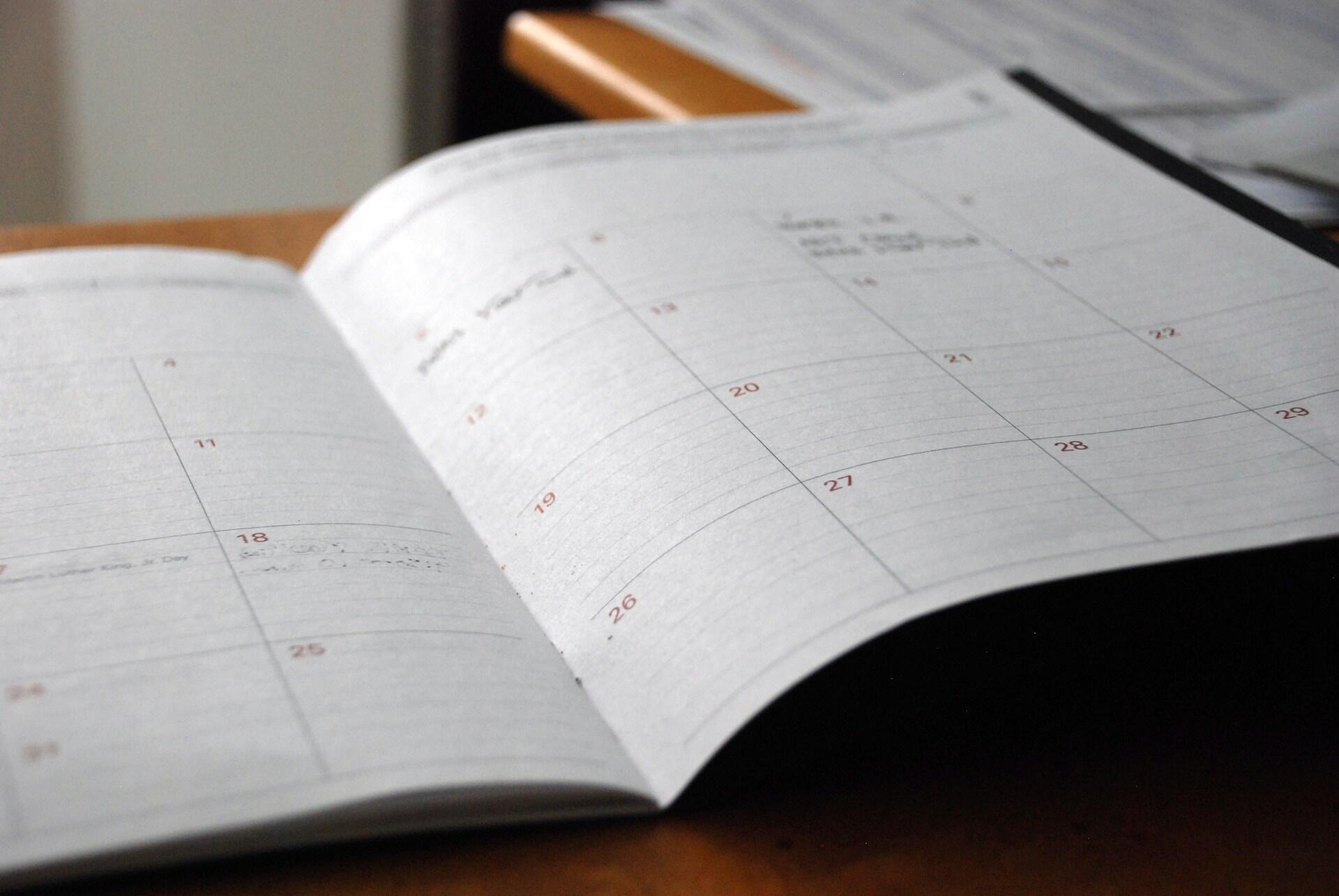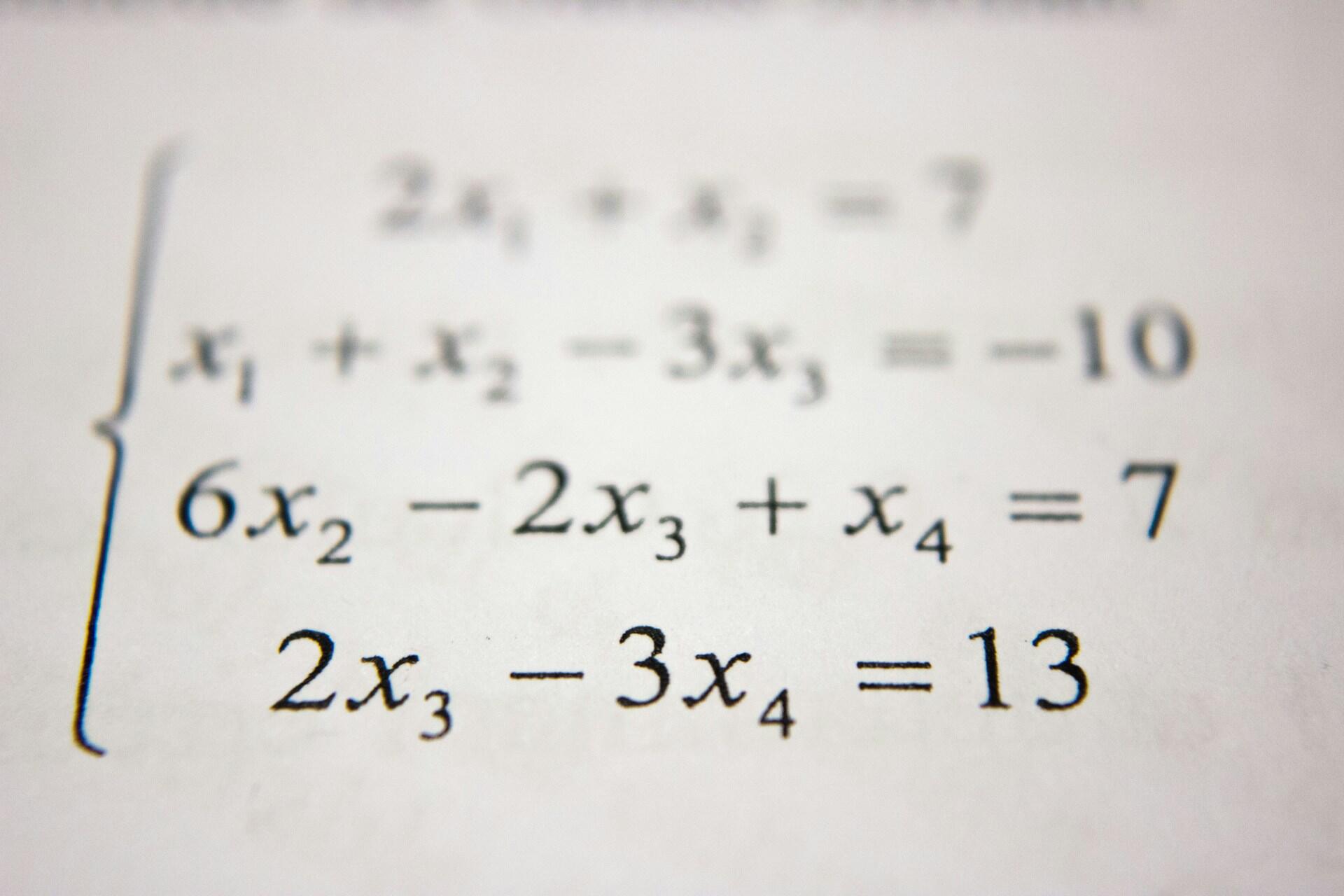The Maths CBA 1 is the first Classroom-Based Assessment (CBA) in the Junior Cycle Maths programme. This is called either the Maths CBA or Maths CBA1, and it's designed to give students a chance to carry out a mathematical investigation in real-life contexts rather than just completing an exam question.

What Is Maths CBA 1?
Students select a problem or topic, plan their approach, and then investigate it using mathematical skills and concepts. This isn't just about getting the "right" answer, but about showing how you think, work through problems, and present your findings. Teachers look for creativity, problem-solving strategies, clear communication, and how you connect your project to different strands of mathematics. When you complete the Maths CBA 1, you’ll be expected to:

Why Maths CBA 1 Matters
The Maths CBA 1 isn't a small project; it's an essential part of the Junior Cycle Maths programmes. It prepares students for future learning and, unlike a traditional exam, you can use mathematical skills in real-world contexts. Students are encouraged to use different strands of the Junior Cycle syllabus in their work, drawing from:

The maths CBA bridges the gap between formal assessments and everyday problem-solving. You'll develop persistence, creativity, and reflection, which are all useful for the Junior Cycle exam and helpful for your future Leaving Certificate.
Your results will be recorded on your Junior Cycle Profile of Achievement (JCPA). It doesn't carry the same weight as the final exam. Still, it does demonstrate to teachers, parents, and future educators that you can present problems methodically, present your findings, and reflect on your own work. Maths CBA 1 proves that you can:
used to grade Maths CBAs: Exceptional, Above Expectations, In Line with Expectations, and Yet to Meet Expectations.

Planning & Timing: 3-Week Cycle for Maths CBA 1
Time management is key to a successful maths CBA 1. The assessment takes place over a three-week cycle, providing students with sufficient time to choose, investigate, and present their work. By breaking the project into clear steps, you can stay focused and avoid last-minute stress.
to complete their Maths CBA 1 investigation in class time.

Week 1: Choosing and Defining the Problem
The first step is to decide on a problem or project to work on. A strong idea should be:
Once you've chosen, write a precise problem statement and outline the steps you will take to address it. This is where creativity and effective planning come together.
Week 2: Gathering Data and Doing the Work
This week is about diving into the mathematical side of your idea. Collect numbers, measure, test scenarios, or run surveys depending on your project. Utilise the appropriate tools, such as graphs, tables, diagrams, or digital resources, to effectively convey your ideas. Make sure you:
Week 3: Interpreting and Presenting Your Results
The final week should focus on analysing your results and pulling your ideas together into a clear presentation. Teachers want to see not just the final answer but how you explain and justify your findings. Include:
Many students underestimate how quickly three weeks can pass during the Maths CBA 1 cycle. A common mistake is leaving most of the calculations or data collection until the last few days, which can make the project feel rushed and incomplete.
Others forget to record the assumptions they made or the steps they took, meaning their teacher cannot fully follow the reasoning behind the work.
Another issue is focusing only on producing answers rather than showing the mathematical process, which is actually the most critical part of the assessment.
Some students put little effort into the reflection or presentation stage, even though this section often highlights their ability to think critically and present ideas clearly.
5 Strong Ideas for Maths CBA 1
If you're looking for good results, the Maths CBA 1 starts with a good idea or problem. Ideally, you'll pick something that you're interested in so that the CBA feels less like work, but these ideas could be good starting points for brainstorming a problem. Don't just copy them verbatim, though.

A good way to make your maths CBA project original is to link it to your own life or community. Instead of a general project on "travel costs," you could focus on the buses in your town or the price of cycling equipment you actually own.
Similarly, a project on "the cost of baking" becomes stronger if you include family recipes or local shop prices. Teachers value creativity, so don't be afraid to bring your personality, design choices, and personal experiences to the classroom.
How to Structure and Present Your Maths CBA 1
You have to make your maths CBA 1 easy to follow. Your teacher won't just be marking the final answer; they'll be assessing how you organise your work, explain your reasoning, and present your findings.
- Title and Introduction: Write a short title and explain why you chose your project. This helps to show your personal connection and motivation.
- Problem Statement: Clearly define the problem or question you are investigating. A clear statement will make the rest of your project easier to follow.
- Assumptions and Scope: Note the assumptions you are making (e.g., prices remain constant, travel times don't change). This demonstrates critical thinking and an honest assessment of limitations.
- Method: Explain the steps you took, including measurements, surveys, or calculations. Show each step logically so anyone can understand the process.
- Data and Calculations: Present your numbers in tables, graphs, or diagrams to facilitate a clear understanding. This section assesses your mathematical skills, so please use neat and consistent notation.
- Analysis and Interpretation: Go beyond the numbers — explain what they mean. Did you notice patterns? Was one option clearly better? Were there surprises?
- Conclusion: Provide a final answer to your original question and explain why it makes sense based on your evidence.
- Reflection: Think about what was important in your project, what you would do differently, and how your skills improved. This is often where creativity and insight shine.
- Presentation: Whether you use slides, posters, or a written report, ensure your project appears polished. A good presentation is part of the grading scheme.
Many students think the maths CBA is only about calculations, but how you present your project is just as important. A well-designed layout with clear headings, neat graphs, and tidy writing shows that you can communicate mathematical ideas effectively. The assessment values clarity and creativity, so the presentation is an opportunity to make your work stand out.
Key Tips to Excel in Maths CBA 1 & the Junior Cycle
Since the CBA 1 is about how you use your knowledge, manage your time, and approach problems with confidence, we've got some tips to help you. Keep them in mind.
















